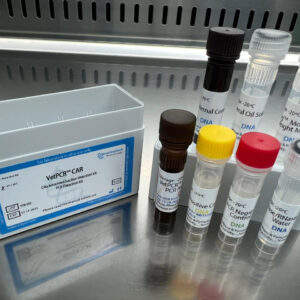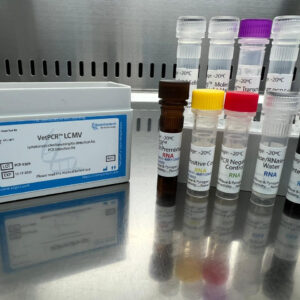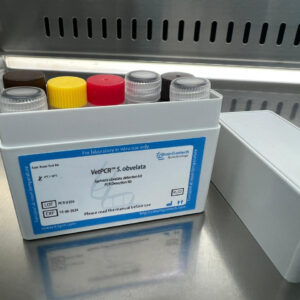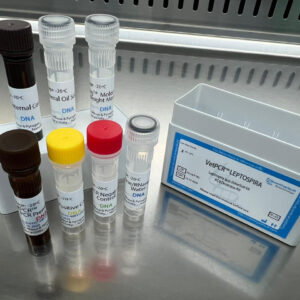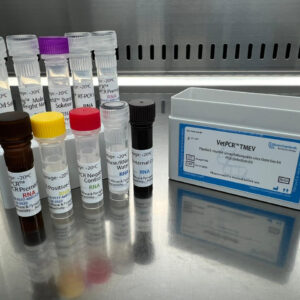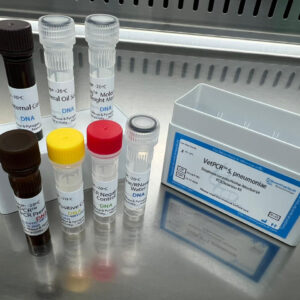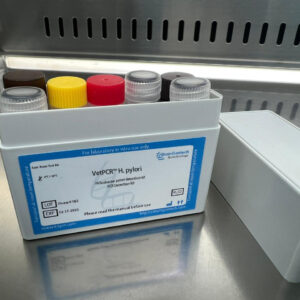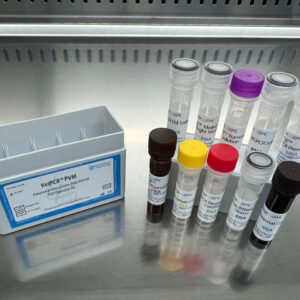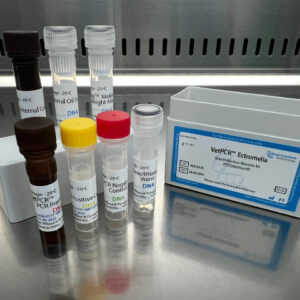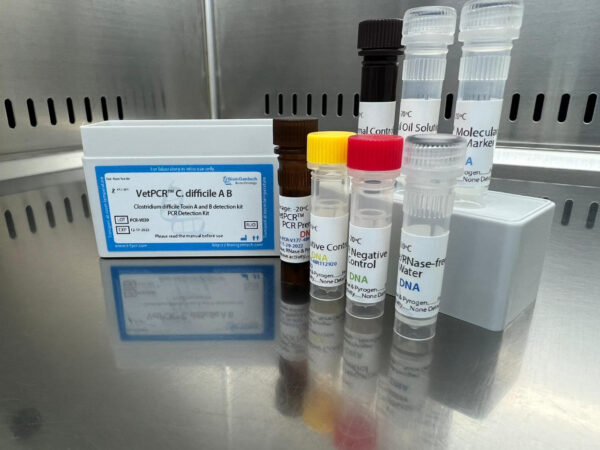
*Reference image: Pathogen 100 reactions
Clostridium difficile Toxin A y B
Type: qPCR Kit, qPCR Pathogen Detection Kit, qRT-PCR Kit
qPCR kit for the detection of Clostridium difficile, designed for a variety of applications. High sensitivity and specificity.
ONE STEP 50 | 100 | 150 Reactions
The QC and CoA PDFs correspond to the 100 reactions pathogen. If you require for any other reaction, please contact us.
END POINT 48 | 96 Reactions
The QC and CoA PDFs correspond to the 100 reactions pathogen. If you require for any other reaction, please contact us.


